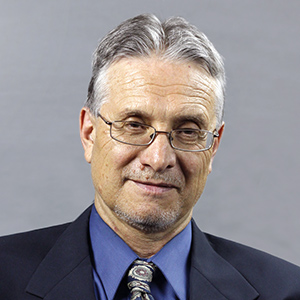Unfunded pension liabilities are soaring to $4.7 trillion nationwide, and are already beginning to crowd out key public services. Attempts to deny this reality are failing badly, but they have provided some enlightenment for taxpayers.
“Nowhere is the problem worse than in California, which accounts for $550 billion to $750 billion of the total” unfunded pension liabilities, wrote economist Lawrence McQuillan in the Sacramento Bee.
In his research for California Dreaming: Lessons on How to Resolve America’s Public Pension Crisis, Mr. McQuillan discovered that from 2008 through 2012, California’s local governments pension spending increased 17 percent while tax revenue grew only 4 percent. Ventura County’s pension costs soared from $45 million in 2004 to $162 million in 2013.
As a result, a larger share of budgets goes to pensions, crowding out spending on core services such as police. In San Jose, the police department budget increased nearly 50 percent from 2002 through 2012, yet staffing fell 20 percent. In Oakland, police refuse to respond to 44 different crimes because of staffing cutbacks. So public safety is at issue.
Mr. McQuillan’s piece drew a response from government union boss Brian Rice, president of Sacramento Area Firefighters. When California firefighters, police, and correctional officers retire, they draw 90 percent of their peak salary for life.
In California, the ranks of government pensioners in the $100,000 club grew 900 percent in eight years and is now approaching 17,000, according to Terry Sforza of the Orange County Register, citing figures from the California Public Employees’ Retirement System (CalPERS).
Mr. Rice didn’t get into all that. But he did see the dark hand of the “right-wing Koch Brothers,” who had funded studies “predicting a dark Golden State future where community needs are crowded out by pension costs.”
The crowd-out argument “just doesn’t add up” Mr. Rice wrote, but he did not deal with the figures offered by Mr. McQuillan. Instead he backed the status quo. Government pensions, he wrote, are what “drives economic activity, creates jobs and increases tax revenues.”
Each year, the California Public Employees Retirement System alone “creates $30.4 billion in economic activity” and the teacher’s retirement system generates “an $11 billion boost to the economy.” Therefore, “what does make sense is funneling billions into California’s economy, by paying the pensions.”
To spot-weld Mr. Rice’s argument: ignore the crowd-out problem, resist reform, and pay up, as usual. No worries, because the money will trickle down and help everyone. This marks a stark contrast from the politically correct trickle-down theory, in which tax breaks for “the rich” are supposed to benefit all.
Strictly speaking, to allow anyone to keep more of what they earn is not to give them anything. The direction of economic growth is upward, as a result of goods and services consumers are willing to buy.
On the other hand, government pensions do involve direct giving. But according to government union bosses such as Mr. Rice, the money trickles down to the masses. By this standard, the best way to boost the economy would be to grant all government employees a pension of $1 million a year. That won’t work and Mr. McQuillan outlines a better way.
“Swelling pension costs are like tapeworms, starving the public of municipal services,” he wrote. State and local governments, need the option of adjusting future pensions for all employees, including a switch to 401(k)-type plans, “which are more affordable and always fully funded.”
Embattled California taxpayers might soon have a say in such matters. San Jose mayor Chuck Reed is promoting a pension-reform measure for the 2016 ballot.







